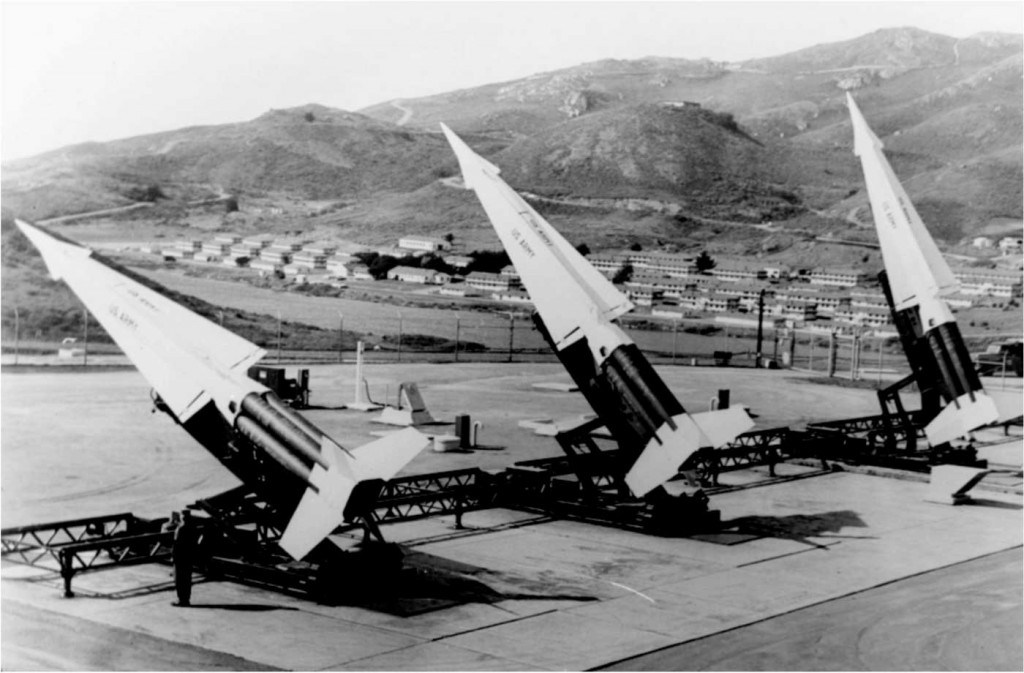
The front page of the 1956 ‘Atomic Weapons Requirements Study’
December 24, 2015
Most Americans have never heard or realized the extent of the mad-dog, bloodthirsty mentality of war planners in the US Military. Even after WW2 and the near total destruction of large sections of Europe, most Americans have remained happily ignorant of the US and British strategy of killing as many civilians as possible in any theater of war.
Now, newly declassified documents have reveal the extent of America’s nuclear target list during the Cold War, showing the U.S. military was prepared to hit thousands of sites in the communist world stretching from Beijing to Moscow to East Berlin.
The 800 pages of documents from a 1956 plan known as the “Atomic Weapons Requirements Study” were released by the National Archives and published this week for the first time by the National Security Archive at George Washington University.
“As far as can be told, no comparable document has ever been declassified for any period of Cold War history,” the organization said, while calling the Strategic Air Command study a “chilling” document depicting plans to attack population centers filled with civilians.
The study includes thousands of targets or “designated ground zeros” — spanning 1,200 cities.
According to the study, the goal was to undermine if not destroy Soviet air power and that mission was “paramount to all other considerations.” While most targets focused on military, industrial and agricultural centers, they also included populations in Moscow, Leningrad (now St. Petersburg), East Berlin, Warsaw and Beijing, among other cities.
“What is particularly striking in the SAC study is the role of population targeting. Moscow and its suburbs, like the Leningrad area, included distinct ‘population’ targets,” wrote William Burr of the National Security Archive, a private research institution that specializes in archiving declassified files and promoting government transparency in the public interest.
“In other words, people as such, not specific industrial activities, were to be destroyed,” he said.
The study came at a time when both superpowers were stockpiling nuclear weapons, and making plans for devastating attacks — until both the U.S. and then-Soviet Union had enough nukes to obliterate the other, otherwise known as Mutual Assured Destruction (MAD).
Burr stressed that the targeting of civilians, however matter-of-fact in the documents, was “inconsistent with the standards followed by Air Force leaders.” Such targets were also out of line with international norms, he added.
The National Security Archive points out that, unlike today, where Russia and the U.S. have negotiated reductions in their nuclear stockpiles, the American weapons arsenal was growing rapidly at the time this study was published, from 12,000 in 1955 to more than 22,000 in 1961 at the height of the Cold War.
Burr suggested the details reflected in the 1956 plan were “likely a legacy of earlier Air Force and Army Air Force thinking” about the impact of bombing raids on civilian morale, that it would hasten the enemy’s capitulation.
The validity of that theory was tested in World War II, when the allies firebombed German cities, killings hundreds of thousands of civilians. The first and only nuclear weapons were dropped by the U.S. on Nagasaki and Hiroshima in 1945, killing hundreds of thousands of Japanese civilians.
At the time, the US military was still operating under the same “total war” doctrine that had guided them from the end of the Civil War, until World War Two. If the destruction of the civilian population ever became necessary to win the war, then so be it. As General Curtis LeMay so aptly put it after he was asked about the firebombing of Japan “if the war is shortened by a single day, the attack will have served its purpose.” The same has been said about the nuclear bombing of Hiroshima and Nagasaki. The doctrine of win at any cost seems to be typical military thinking. The US Military has think tanks operating 24/7 with selected planners working together, constantly updating plans to attack nearly every nation on the face of the planet. They are like pit bulls on chains. All they can think about is attacking and winning wars. They are literally mad dogs.
In other words, our military always felt that it was okay to target civilians, so long as it led to winning a war. So their justification for slaughtering civilians was the impetus behind this list of nuclear targets.
Other targets in the SAC document included industrial centers that contributed to the Soviet air power machinery: factories producing tools, oil extraction equipment, and even laboratories producing vital medicine like penicillin. “Other targets involved significant infrastructural functions: locks and dams, electric power grids, railroad yards, and repair plants for railroad equipment,” Burr wrote.
___________________________________________________________________________

